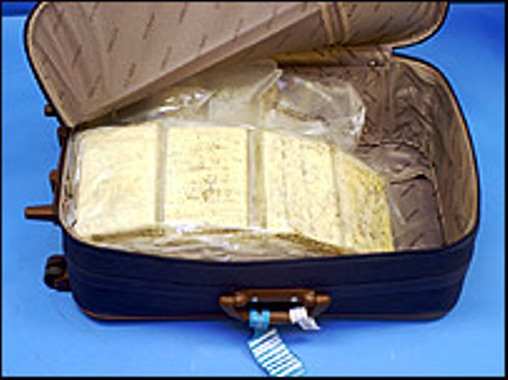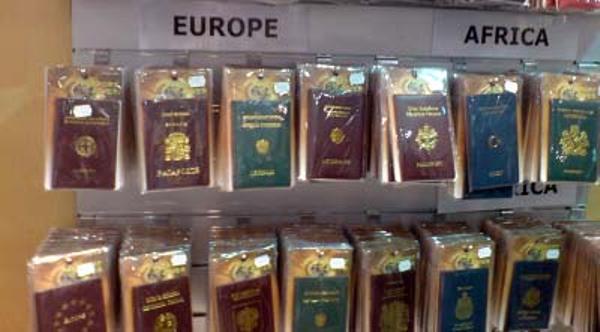UNODC South Eastern Europe on Illicit Trafficking
|
|

|
|
|
Organised crime groups in the SEE are now believed to be in control of the most of the heroin trafficking on the continent, and SEE is a key drug smuggling route towards Western Europe: an estimated 110 metric tons of opium pass though the region annually, as do smaller amounts of cocaine, synthetic drugs and precursors.
The route of trafficking in human beings roughly follows that of illegal drugs. SEE remains a transit zone despite the fact that the level of trafficking has begun to decline after reaching its peak in the 1990s. The smuggling of migrants has declined since the entry of Bulgaria and Romania into to the EU and more effective policy responses have reduced the flow of illegal migrants from outside the region, though it remains a problem. In recent years, traffickers have started using forged documents for crossing borders and a market for forged documents of a very high quality has emerged in SEE. Hence, despite the recent declines in flows of illegal migration there are still challenges and migrant smuggling remains to be a source of income for organised crime. The expansion of the Schengen zone and the introduction of more liberal visa regimes could increase the level of illegal migration and trafficking in human beings.
Ongoing Projects
- XCE/S50- "Enhancing operational capacity to investigate and disrupt Human Trafficking activities in the Western Balkans"
- XCE/S45 "Strengthening the Criminal Justice Response to Trafficking in Persons in the Black Sea region"
- MOL/R85 "Building capacity to combat trafficking in persons in the Republic of Moldova"
- GLO/J33 "The Paris Pact initiative - A partnership to counter traffic in and consumption of Afghan opiates (ADAM) (SEE office focal point)"
- GLO/S83- "Global Initiative to Fight Human Trafficking (UN.GIFT)"

